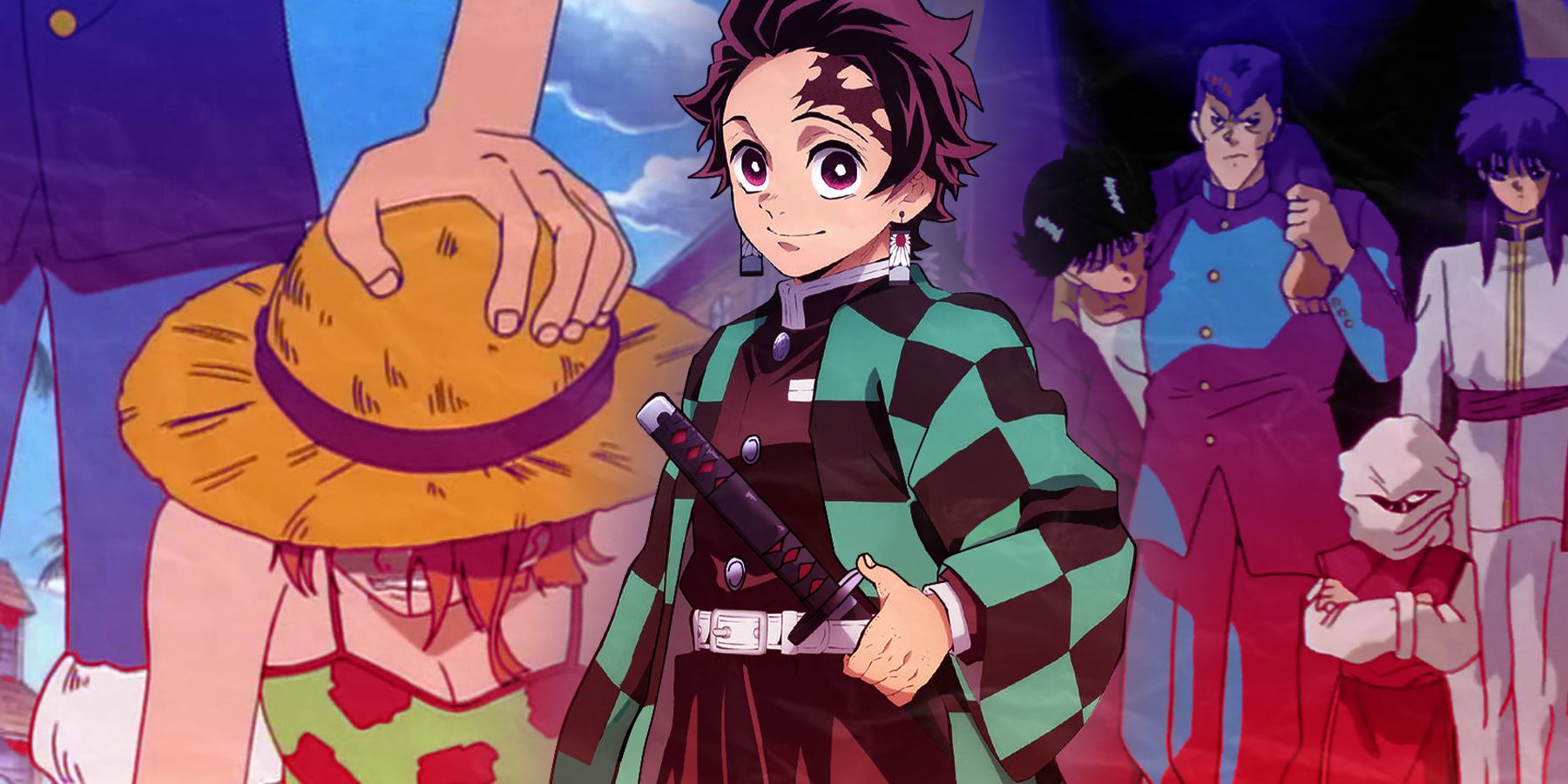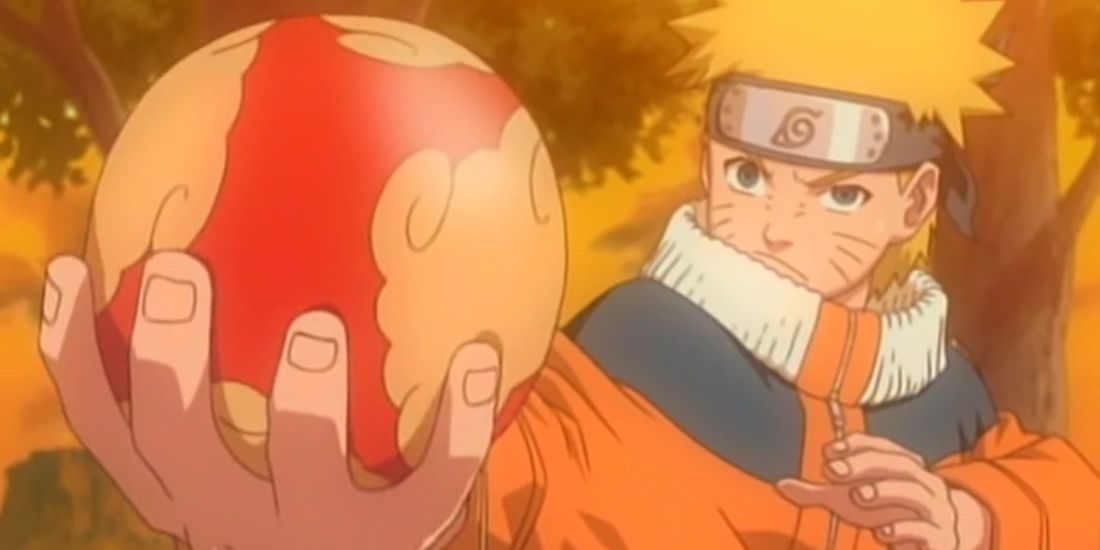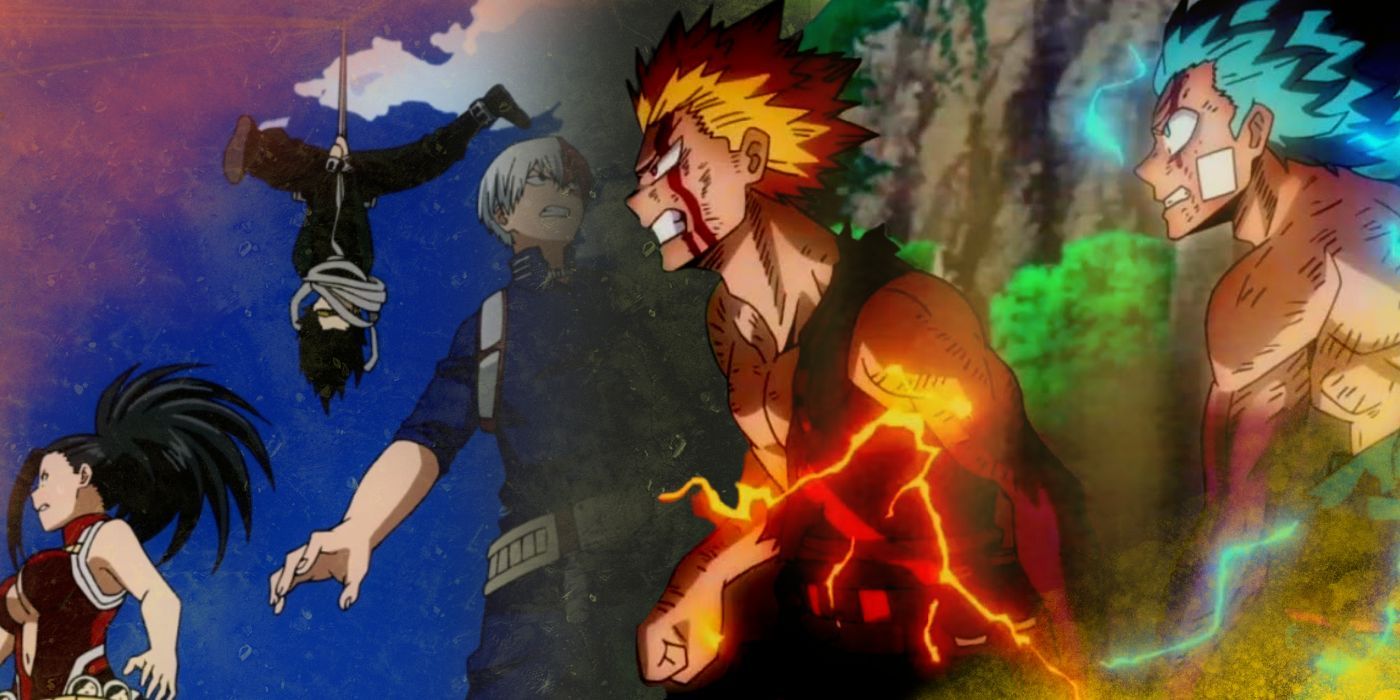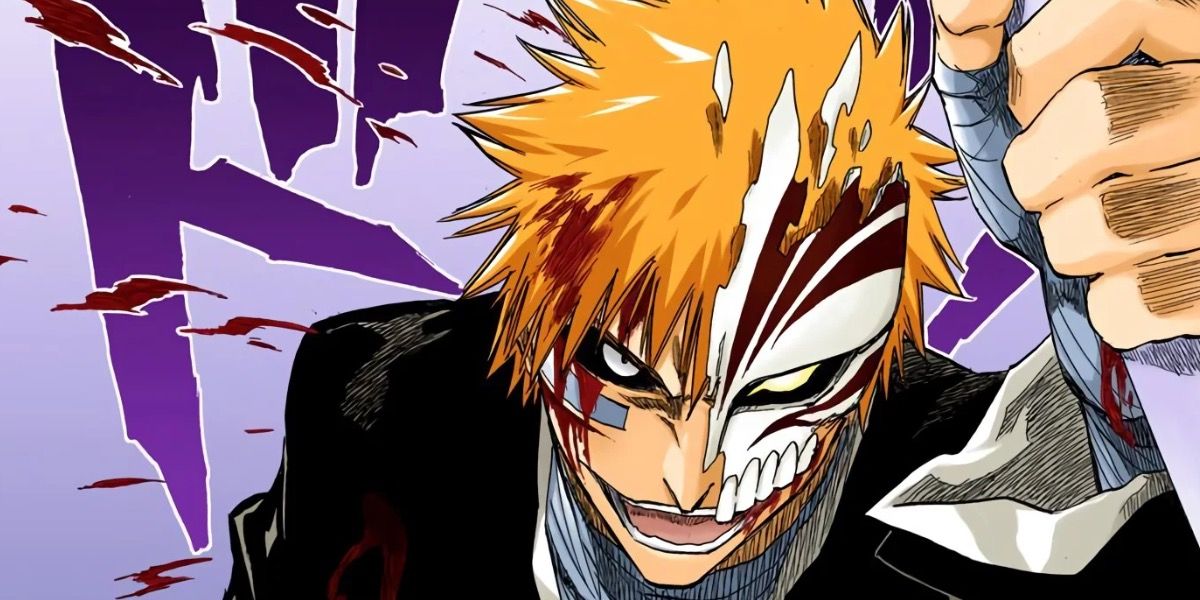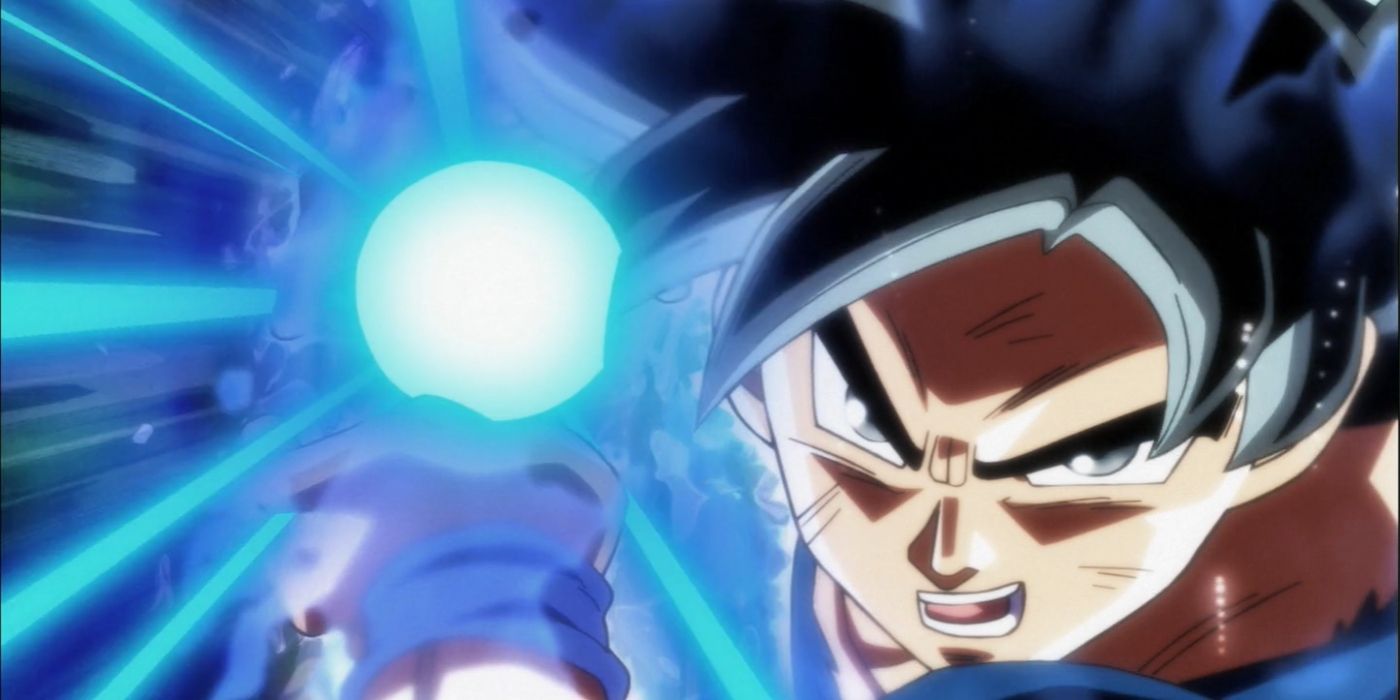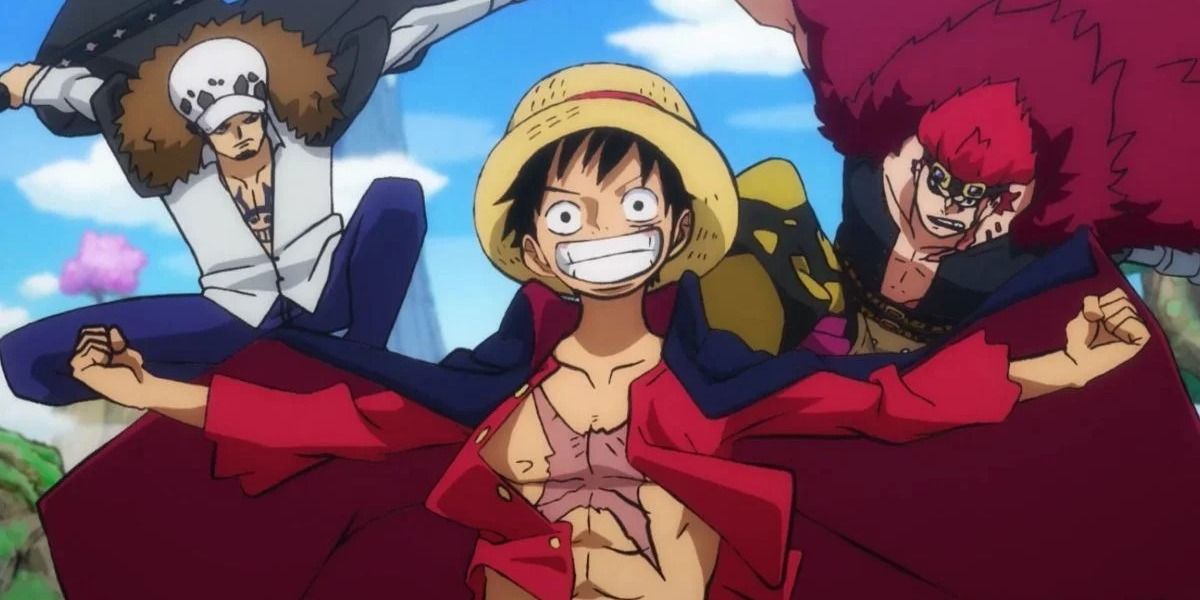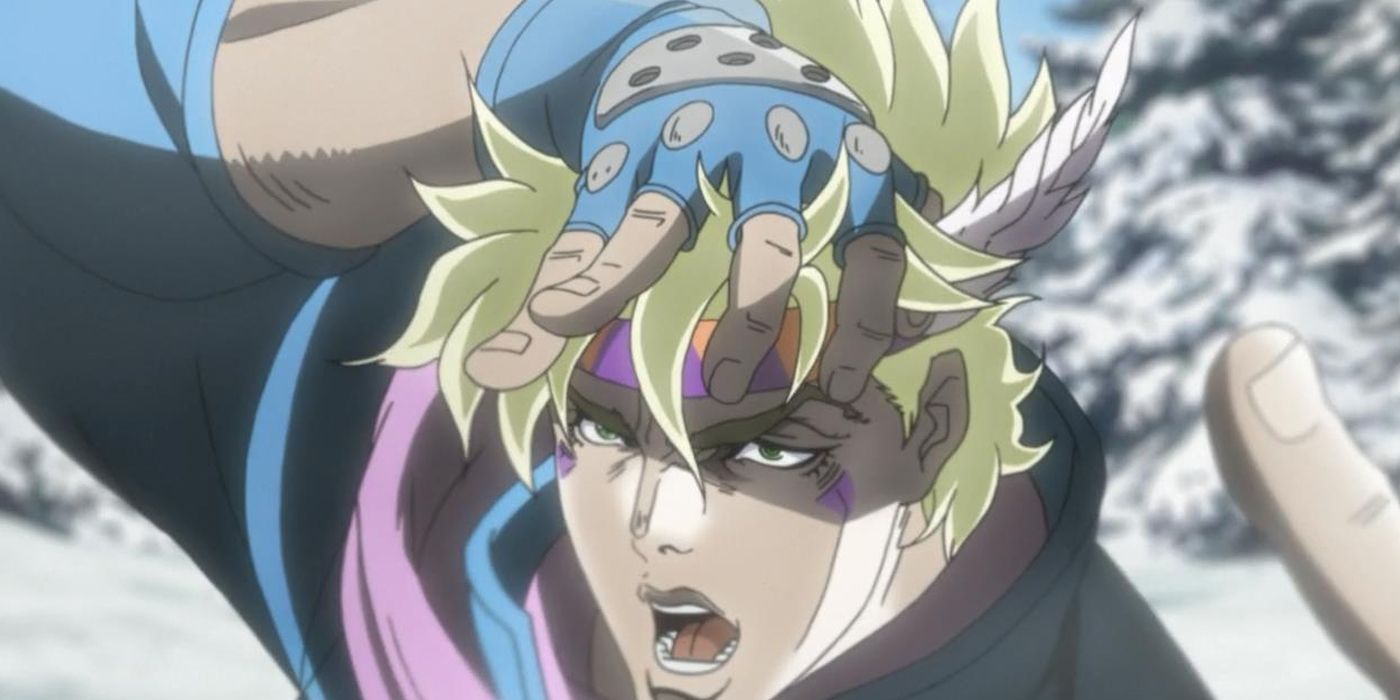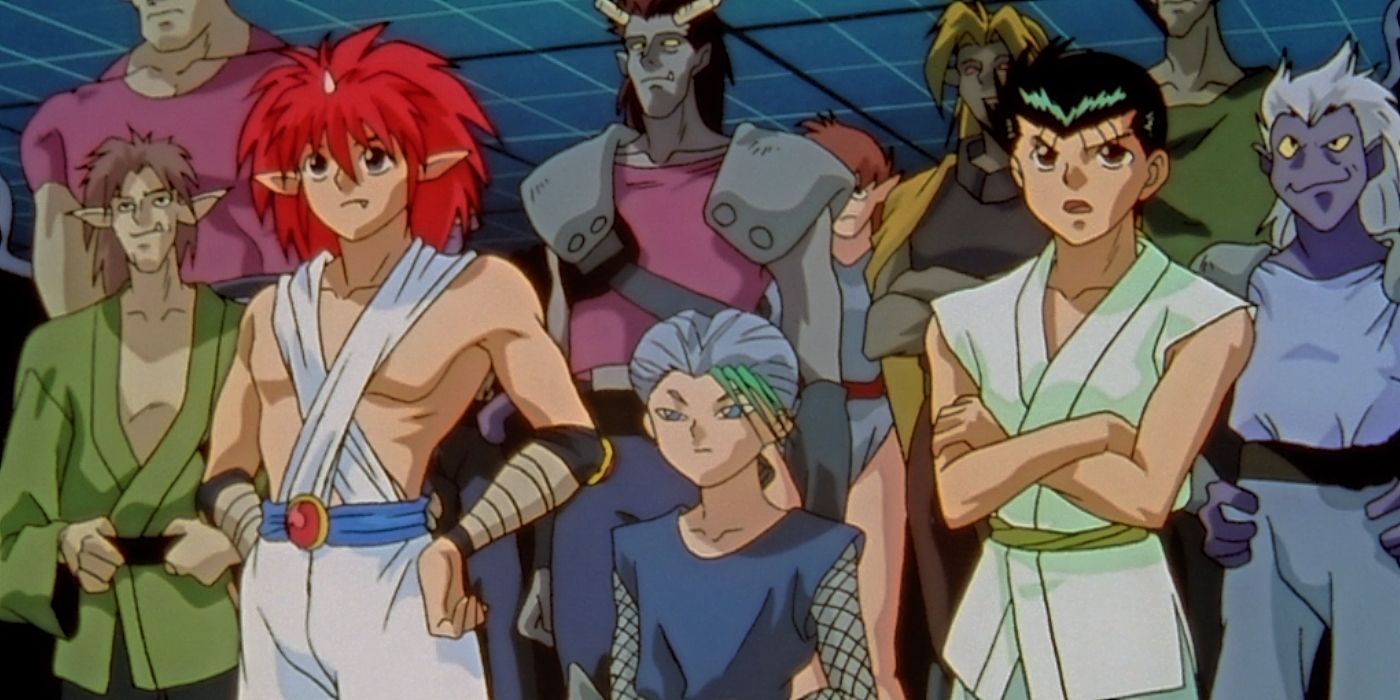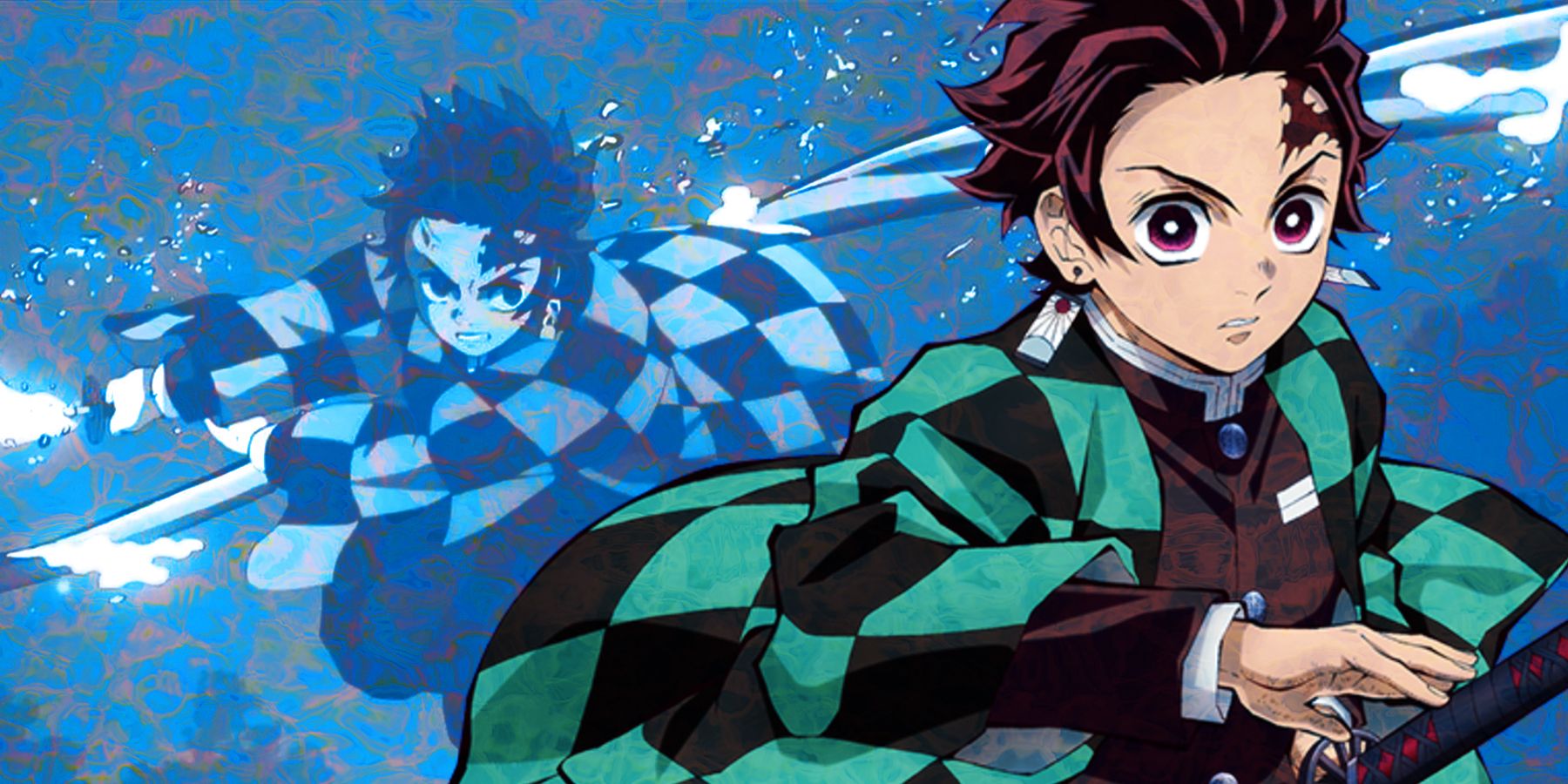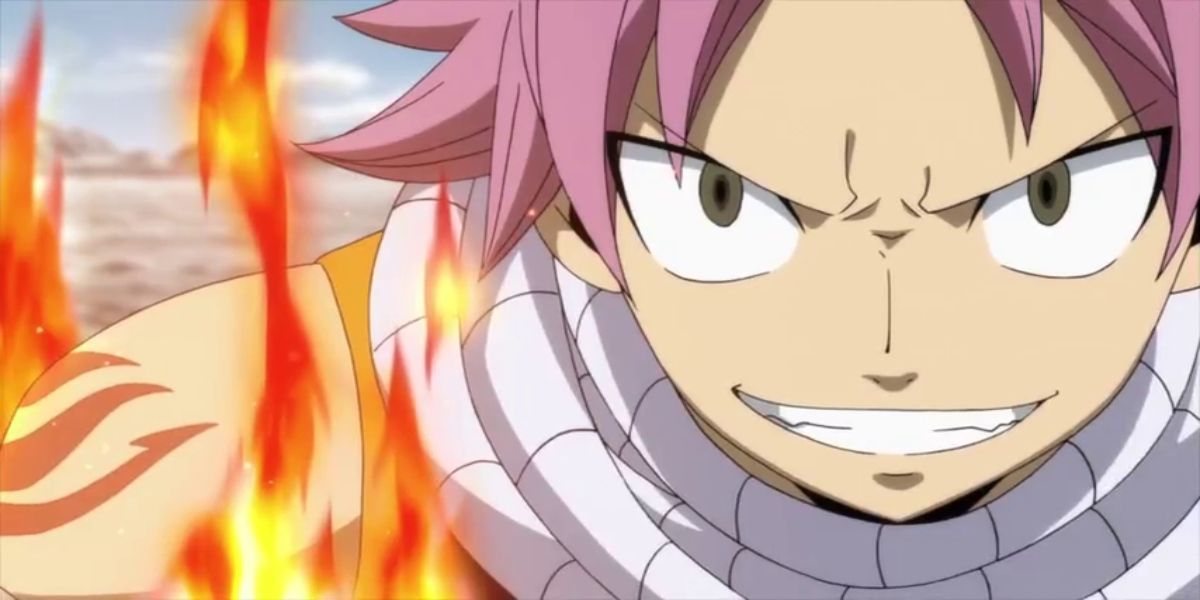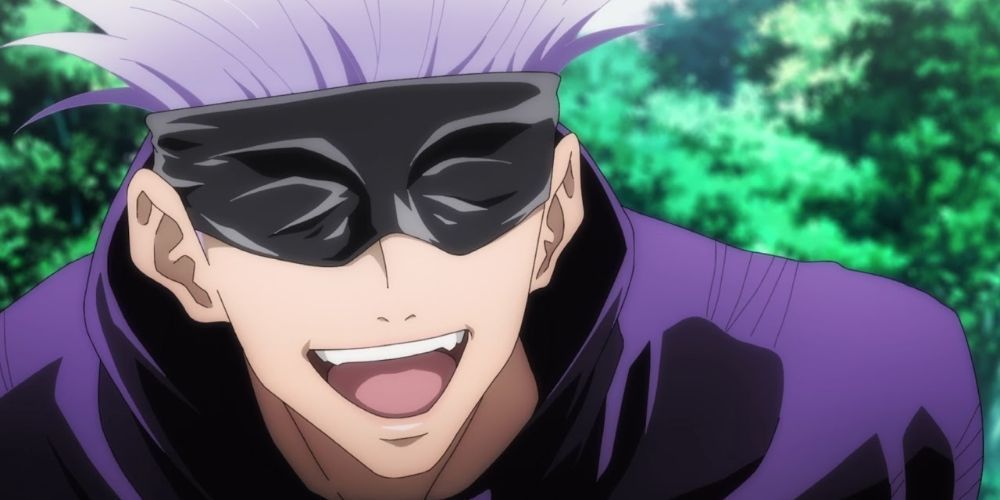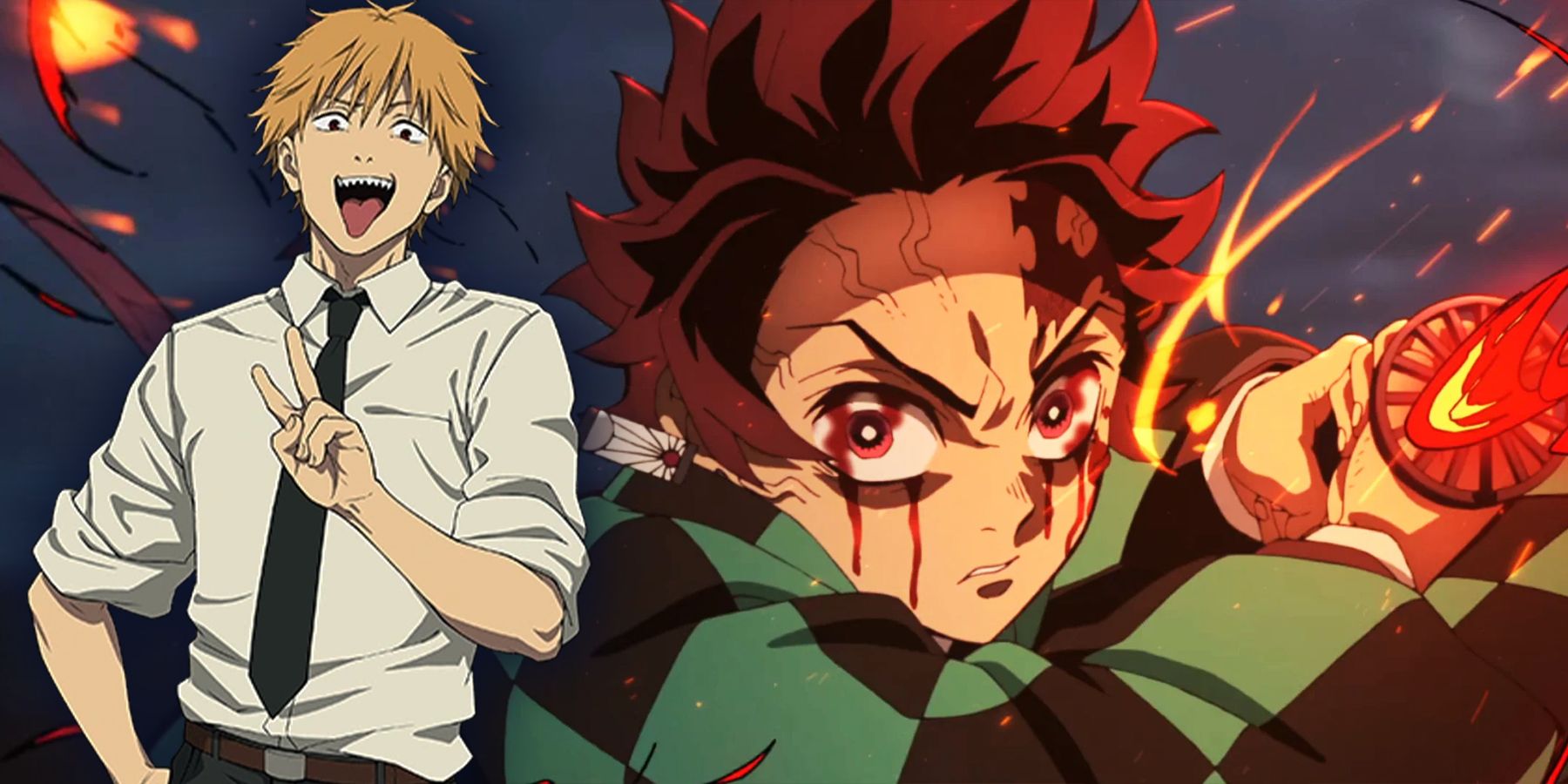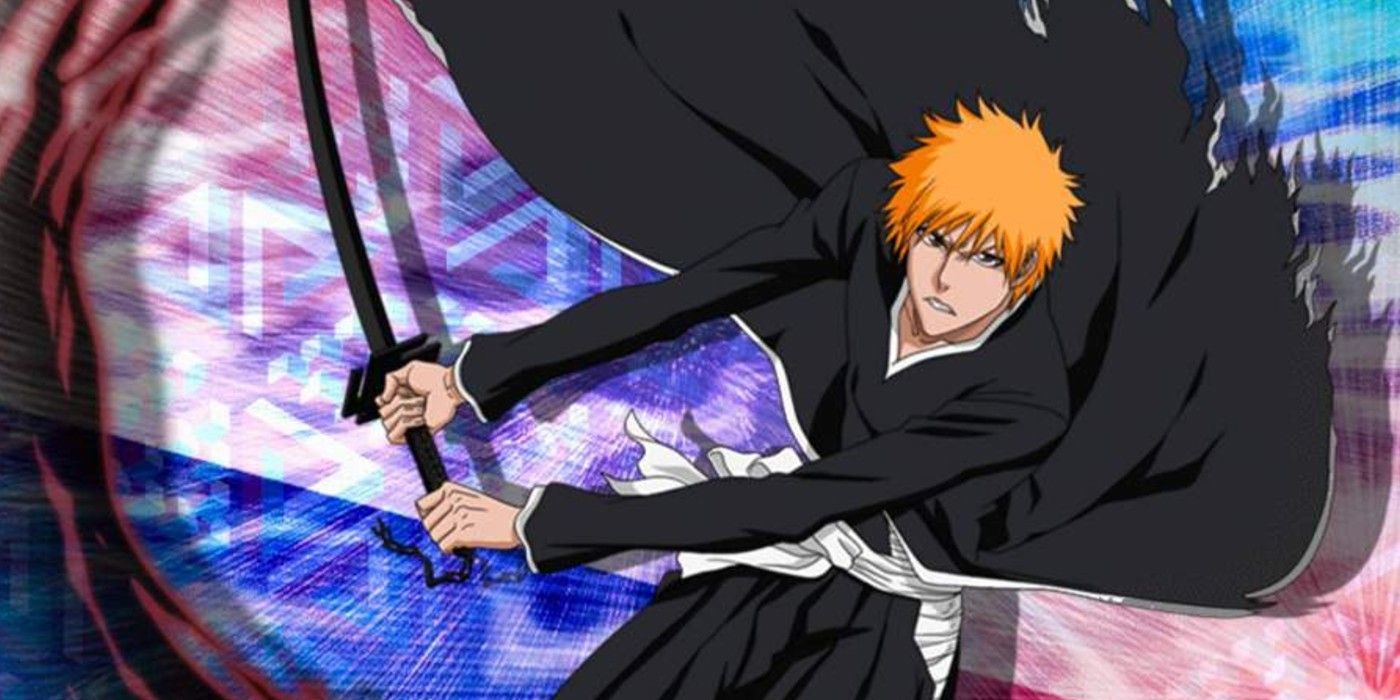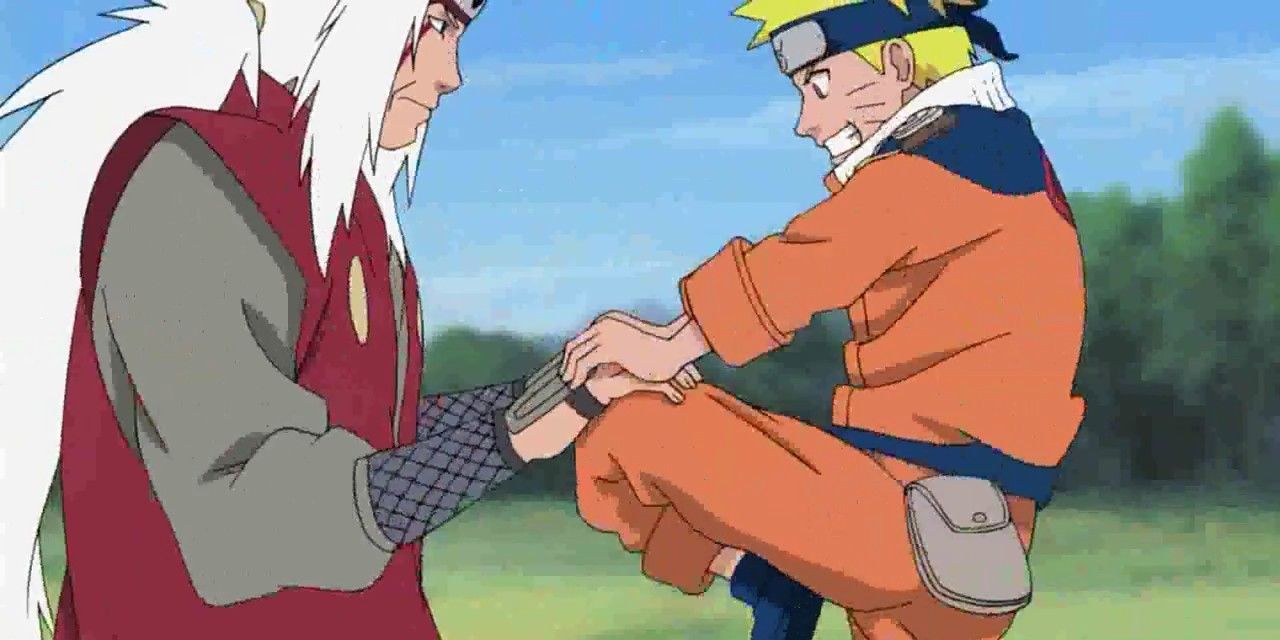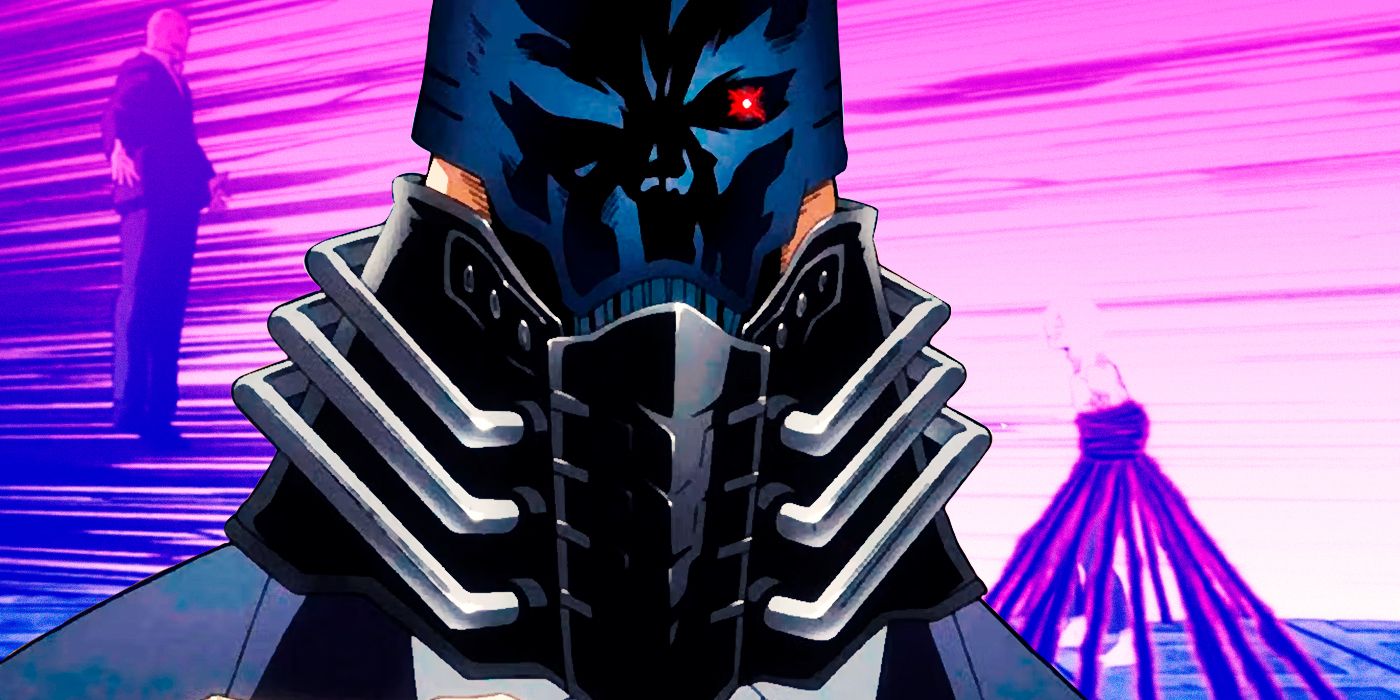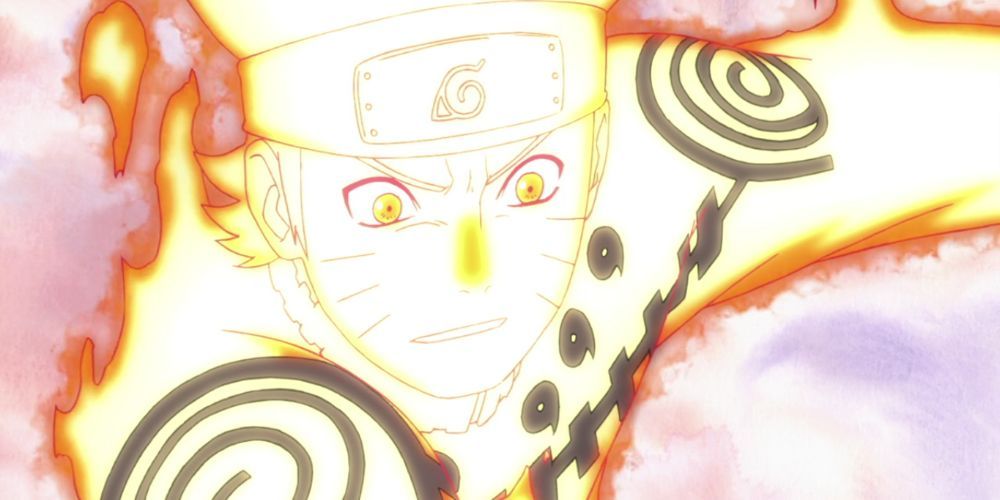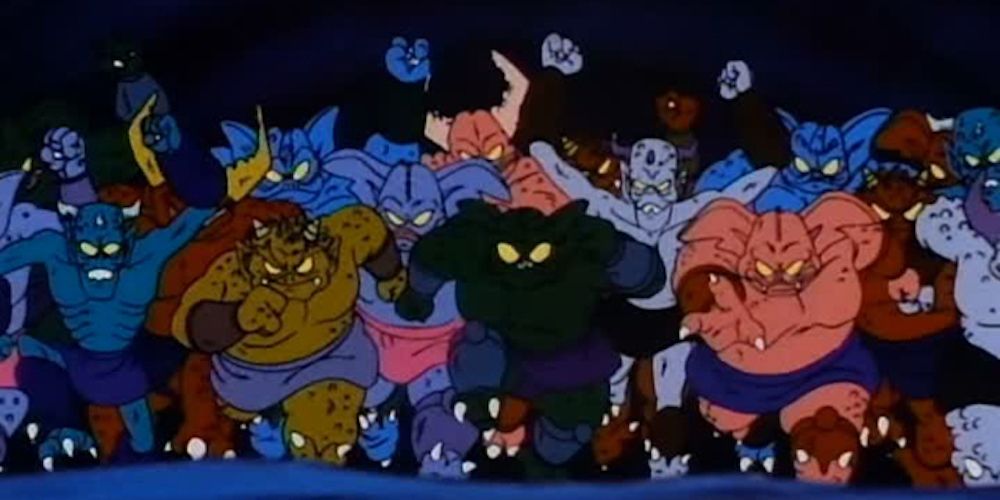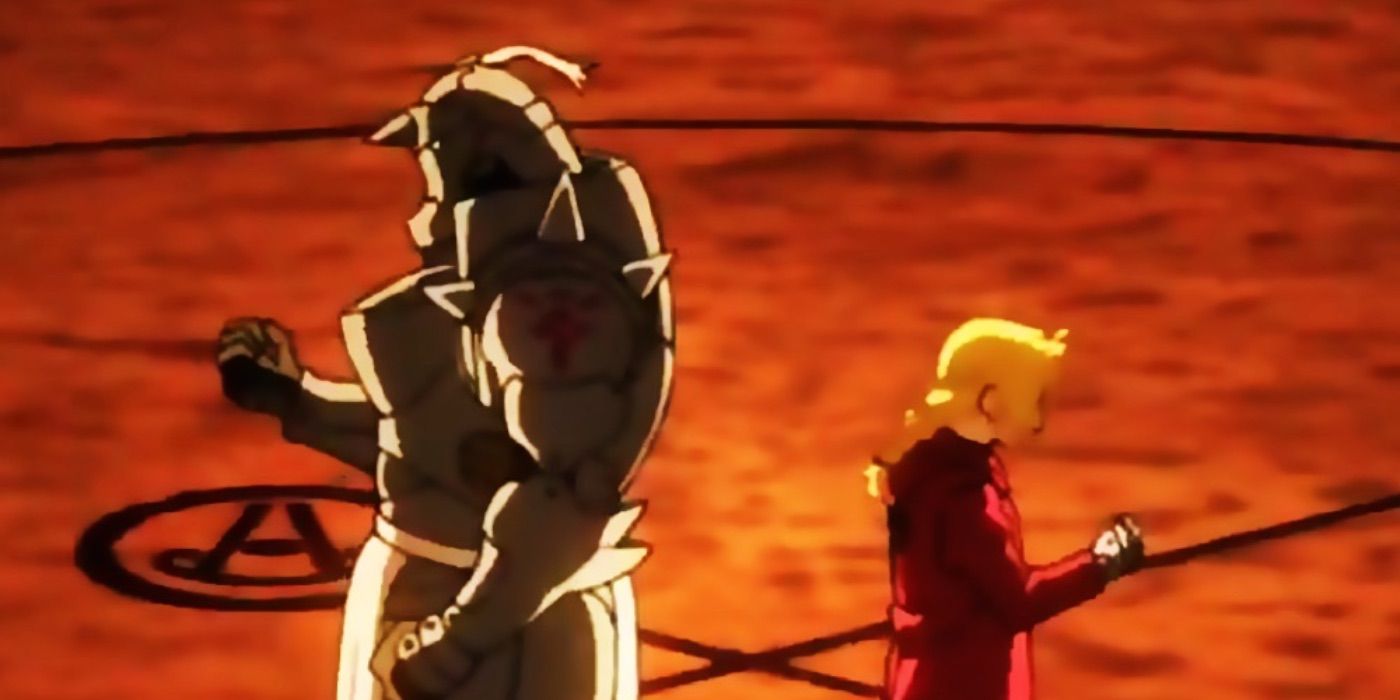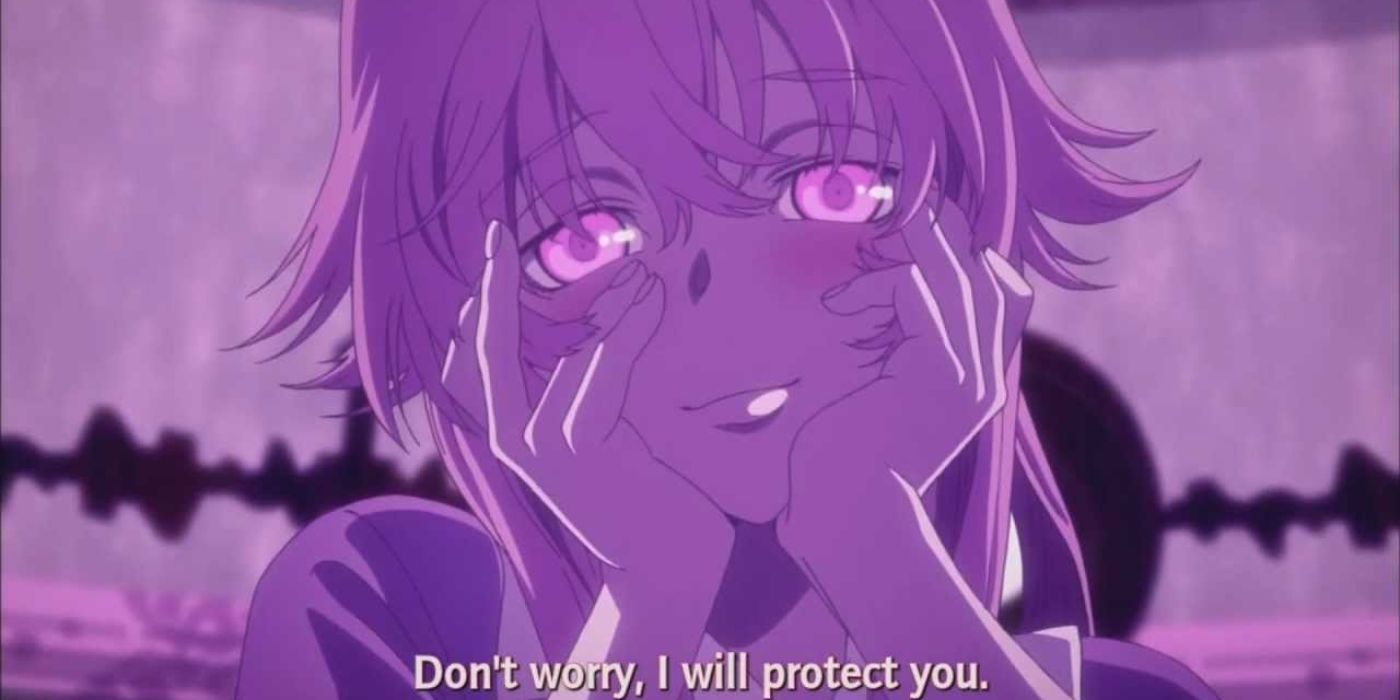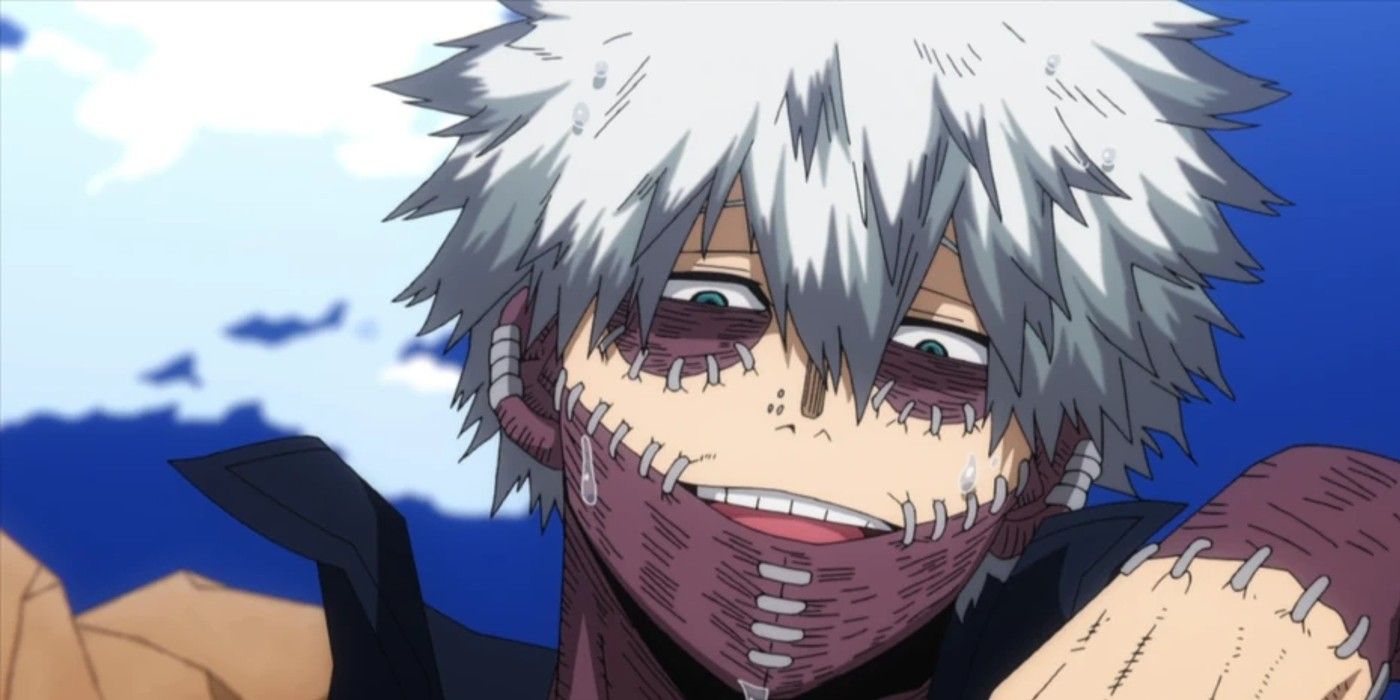The realm of Japanese animation is well-known for relying heavily on countless tropes, clichés, and familiar conventions. At times, these clichés and tropes can weaken a story, making it predictable or forgettable in some cases. Fortunately, tropes are just tools, and it's just a matter of how each anime uses them.
These tropes are the basic building blocks for any anime series, especially shonen, and any tool can be effective in the right hands. Plenty of shonen tropes can give anime a basic structure to work with, and the story can use its more unique elements to round things out. When used well, these tropes blend seamlessly into the narrative and don't feel like lazy clichés.
Updated on April 27th, 2023 by Ajay Aravind: Tropes are integral elements in any narrative — every story that ever existed has multiple tropes contained within itself. That said, anime series rely a bit too heavily on certain tropes, making them easily recognizable to fans. As such, we've revamped this list of popular anime tropes with five more common examples.
20 Training Scenes
Most shonen series involve training mini-arcs or montages, and when overdone, the "excessive training" trope will ruin the fun. It hurts the pacing to overdo this, but when anime like Naruto and Jujutsu Kaisen pace their training sequences well, this trope can add a lot to any story.
At their best, shonen training scenes inspire viewers and encourage them to try some real-life training, study, or develop their professional skills. Training scenes also allow the hero to perform introspection and figure out why they lost or how they will beat the villains later on.
19 The Power Of Friendship
Unfortunately, this shonen anime trope is often misused or overused, giving it a bad reputation. Hiro Mashima's Fairy Tail is a major offender, bluntly using the power of friendship to bail the heroes out of unwinnable battles in contrived ways.
Other shonen series handle it better and turn this seemingly cheesy trope into something truly inspiring. The power of friendship is real because real-life people rely on networking, emotional support, and personal references to get things done. Anime characters do the same, except with magical powers and martial arts.
18 Power Scaling
Power scaling is practically inevitable in any action story, including most shonen anime, some seinen anime, and even Western TV shows or comics. This essential trope gradually ups the stakes and continuously wows audiences with bigger, better, and flashier fights.
This helps a shonen series gain a sense of progress, and it acts as payoff for any patient fan. Izuku Midoriya definitely earned all his power in later My Hero Academia episodes, and after 1,000+ episodes, Monkey D. Luffy has moves like Gear Fourth to up the ante.
17 Naming Techniques
On some levels, it is downright silly for shonen characters to shout attack names while performing those moves, such as Detroit Smash. Then again, giving techniques a specific name and function make them iconic and memorable.
By naming and developing a technique, the techniques start to feel like characters themselves and help make the hero more fleshed out. No one can separate Tanjiro from his Water Breathing techniques or Goku from the legendary Kamehameha, a name derived from the former royal dynasty of Hawaii — the House of Kamehameha.
16 The Power Of Dreams
Some cynical anime villains mock or doubt the hero for having dreams, but those villains are always proven wrong in the end. This shonen trope can easily give a hero a sentimental, empowering goal to pursue, and the hero will better themselves as a person while chasing those dreams.
Monkey D. Luffy dreams of becoming the pirate king, while Deku strives to become a true symbol of peace. That may motivate shonen anime fans to either think up their own dreams or resume chasing a dream they had previously abandoned or forgotten about.
15 Tons Of Rivalry
Having an obligatory rival character in shonen anime is one of shonen's best traits, not a tiresome cliché. This common trope nearly always energizes the narrative by giving the hero someone to compete with, and that usually brings out the best in both characters.
Healthy competition can motivate and inspire any shonen hero, and their rival may become a teammate or best friend, too. The tsundere Caesar Zeppeli pushed Joseph Joestar to improve at Hamon, for example, whereas Asta and Yuno are significant rivals throughout Black Clover.
14 Tournament Arcs
The shonen anime tournament trope is best used in moderation. Too many tournaments or pointless tournaments will stick out and feel awkward in the narrative, but the best tournaments contribute a lot to any shonen story.
These tournaments allow the characters to test themselves against one another, and there are plenty of real-life tournaments to make this feel more relatable, too. The real world has plenty of karate, chess, card game, and video game tournaments to make shonen tournaments feel relevant.
13 Rising Underdogs
There are many vital reasons for any fictional hero to be an underdog who slowly but surely gets stronger and smarter over time. Shonen anime makes heavy use of the "scrappy underdog" for several reasons, such as giving the hero much-needed room for growth, mentally and physically.
Also, shonen anime series are geared toward younger viewers, who have limited skills and experience while having everything to prove. Younger shonen fans may be empowered when they watch protagonists like Tanjiro Kamado, Naruto, and Ichigo work hard to go from zero to hero.
12 Colorful Hair & Outfits
Flashy visual designs cannot make up for a lack of substance, but some shonen series try that anyway, giving this trope an iffy reputation. Fortunately, plenty of shonen anime use flashy visual designs to round out a well-made character rather than distract viewers from how simple the character is.
When done right, this visual trope can easily convey important information about a character, such as their personality, combat style, or even where they came from. Natsu Dragneel, for example, dresses lightly to suit his fire magic and his emphasis on mobility, as opposed to the armor-wearing Guts in Berserk.
11 Mentors & Coaches
Everyone needs a role model, teacher, or mentor to teach them something important and guide them on their chosen path. Anime fans have schoolteachers, college professors, gym coaches, and senior co-workers to be their own shonen-style mentors.
This makes the proliferation of shonen mentor characters relevant and comforting rather than tiring. The hero is a plucky youth with much to learn, after all, so mentors such as Satoru Gojo, Kakashi Hatake, and Gran Torino play a vital part in any shonen story. It's also nice to watch those teachers remark on how proud they are of their students.
10 Accepting Others
Many shonen anime series depict personal or societal prejudices or intolerance, from the terrible treatment of Ishvalans in Fullmetal Alchemist to how no one truly sees Shoko Komi for who she really is in Komi Can't Communicate. Almost without fail, shonen anime will fight back against such things with its trope of tolerance and understanding.
Shonen heroes will never judge other people or groups unfairly. Instead, these heroes will strive to accept and support others for who and what they are, and that may change someone's life or redeem a villain. Even Chainsaw Man's antihero Denji came to appreciate and support the fiendish Power, who isn't easy to like or understand.
9 Meaningful Outfits
Any fictional character's outfit will say a lot about who and what they are, from their self-image and taste in fashion to their financial life and even worldview. Shonen anime often depicts its characters in colorful or even downright weird outfits, but it's always for a good reason.
These exotic outfits allow anime fans to tell heroes apart from villains, and get a general sense of what each character is like. Ichigo Kurosaki is an off-brand Shinigami in his unusual Bankai outfit, and Natsu Dragneel is energetic and carefree in his casual outfit that bares his chest.
8 Parental Figures
Some shonen mentors are simply good teachers and role models for their students, such as Satoru Gojo and Kisuke Urahara. In other cases, it's more personal, with a great shonen mentor being a parental figure for a hero who urgently needs one.
Izumi Curtis was almost like a foster mom for the Elric brothers, whereas Naruto fans love Jiraiya for being a father figure for Naruto the orphan ninja. Similarly, My Hero Academia fans have dubbed All Might "Dad Might" for his role in Izuku's training and mentorship.
7 Heroic Adventures
Unlike slice-of-life characters, who tend to stay in the same place, shonen protagonists often go on exciting adventures to new places, sometimes other planets. This is half the fun of shonen, with characters like Son Goku and Monkey D. Luffy exploring the world beyond their hometowns.
The "hero's journey" trope, when handled well in a literal sense, can be half the fun. Goku doesn't just defend Earth from invaders – he and his friends also went to Namek to fight Frieza. Similarly, Luffy has visited more islands than he can count, complete with complex local politics and worldbuilding.
6 Good Vs Evil
Anime fans watch seinen when they want nuanced, shades-of-gray approaches to good vs evil, and even a few shonen anime like Attack on Titan take that route. But it's also comforting and inspiring to see good and evil being more clearly defined to drive a story and push some themes.
My Hero Academia certainly does that, with All For One being the embodiment of evil and All Might being a hero's hero. This also provides relief from the morally complex and subjective real world, where "good" and "evil" have such fuzzy and relative definitions and might not exist at all.
5 The Demon Within
The demon trapped inside a heroic figure is an extremely common trope used across media. A piece of Voldemort's soul remains trapped within Harry Potter until their penultimate clash in the Forbidden Forest. More literal examples of this cliche can be found in shonen anime.
Black Clover's Asta receives a mysterious Grimoire and two swords, one of which wields an actual demon. Likewise, Ichigo's Hollow spirit, known as White, is later revealed to be an aspect of the hero's "Inner World." Naruto bears the Nine-Tailed Fox inside his body, while Guts' pain and rage transform into a creature called the Beast of Darkness.
4 Filler Episodes & Arcs
Filler episodes and arcs may not always be welcome, but some of them help enhance the overarching narrative. Fans can easily ignore or avoid watching Bleach fillers, as they add next to nothing to the storyline. On the other hand, the various filler arcs in Dragon Ball and Dragon Ball Z are objectively excellent and improve the viewer's experience.
This trope doesn't appear as much in other forms of media — western TV shows might have pointless episodes, but nearly all of them are canon. That said, anime fillers have practically become iconic in their own right.
3 Morbid Flashback Sequences
It can be argued that flashback sequences are the lifeblood of any shonen anime. Characters in Bleach, Naruto, One Piece, My Hero Academia, and other series encounter numerous flashback events designed to contextualize their path forward.
These sequences may be pleasant, as shown through Edward and Alphonse's innocent childhood, but they may soon turn into something macabre — Ed and Al suffer greatly after they decide to perform Human Transmutation. In Bleach, Isshin Kurosaki explains how he met his wife via flashback, thereby helping Ichigo understand his powers. Furthermore, individuals like Grisha, Mikasa, Zeke, and Reiner are given flashback sequences.
2 Dozens Of Dere
The "dere" archetype has existed since the inception of the anime medium. Originally referring to women, this trope is now frequently used to describe characters of any gender. There are countless dere iterations, some of which are more famous than others.
Attack on Titan's Annie Leonhart, Fairy Tail's Erza, and Erina from Food Wars! are stereotypical kuudere, Assassination Classroom's Nagisa and Fruits Basket's Kisa are dandere, whereas Code Geass' Lelouch and Cowboy Bebop's Faye Valentine are classic tsundere. Other commonly incorporated "dere" types include goudere, yandere, himedere, kamidere, and bakadere.
1 Elaborate Monologues
Villains in movies, TV shows, and anime are radically different from each other, but a surprisingly large number of these antagonists share a common trait: the art of meaningless monologuing. Villains launch into elaborate speeches about everything and nothing, usually to hype themselves and their achievements, but occasionally to explain their motivations and reasoning.
My Hero Academia's All For One is a notable orator, so much so that fans suspect he's going to meet his doom because of his penchant for monologuing. Dabi also loves to monologue, like when he leaks the truth about his relationship with Endeavor to the entire world.

